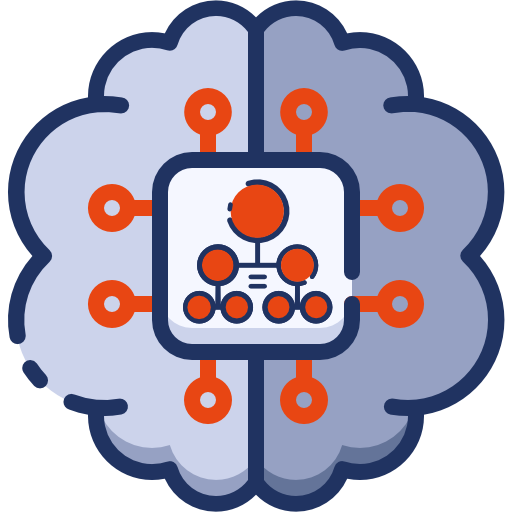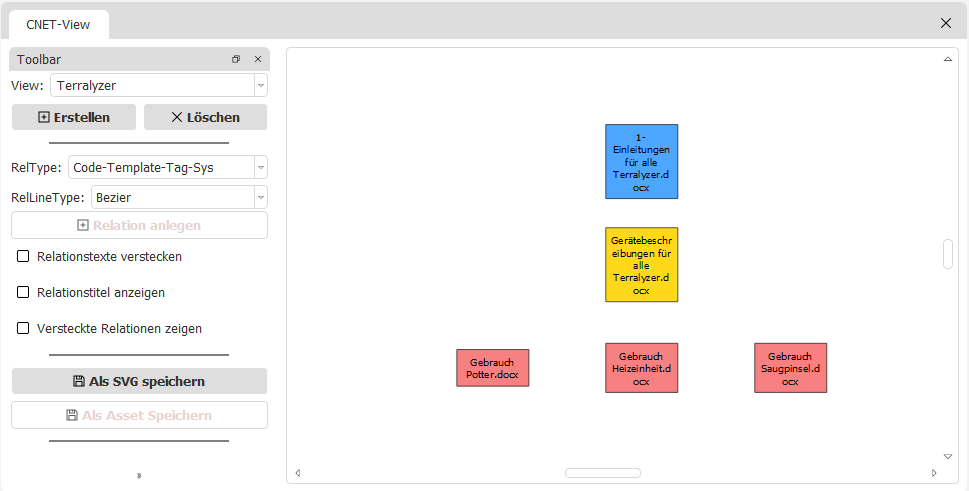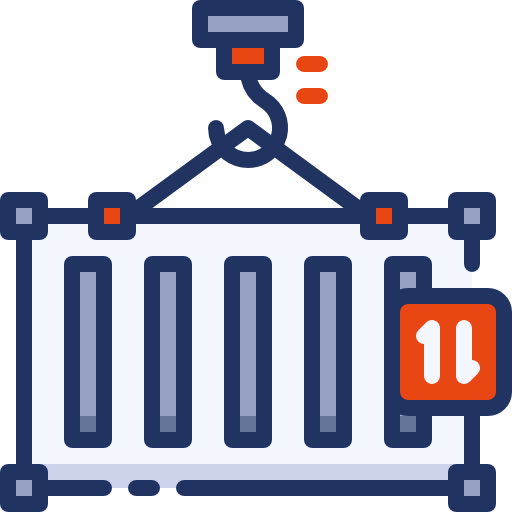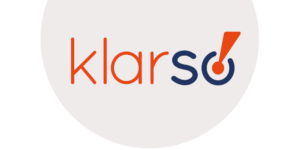How data becomes networked knowledge
From raw data to information pool with semantic modeling in klar:suite
The rapidly growing volume of data and its management as well as targeted access to the relevant information, is a growing challenge for companies. Read more

naturally
natural data model represents the real world

get there fast
relevant information in context

easy to maintain
efficient through smart data
Make the most of your content with semantic AI - your content is worth it
Semantic correlations are explicitly defined in the data model. With the processing power and accuracy of a computer, even large amounts of data can be fully analysed in terms of content. So that you can be sure of knowing what you know.
Free knowledge modeling
Customer data such as publishing content, technical documentation content and product information is modelled together with administrative information, freely definable metadata, their attributes and values in a semantic network.


Explicit information
The data objects, together with their attributes and relations are formally stored in the semantic network of klar:suite in such a way that a computer can understand and use the contextual relationships. The information becomes explicit.
More than a knowledge graph
Data objects or entities in the semantic network are terms or concepts, text and file fragments, Excel elements and complete files. Read more


Naturally represented
In the semantic data model of klar:suite, the objects and links have direct equivalents in the real world. Both the computer and the human user can work with this natural data representation.
The changing knowledge model
The model can also be extended and edited by the customer at any time. If conditions change, content correlations can also be deleted at any time: the system can forget.


Efficient modelling of knowledge models
Various editors allow efficient editing and introspection of the semantic network limited to specific types, sections and aspects in tabular tree views and graph views.
From raw data to knowledge
A computer-usable knowledge base is generated by successive, demand-driven enrichment using semantic tagging, linking and, e.g., importing external taxonomies, thesauri and ontologies, which are integrated into the semantic network as relations between concepts.


LLMs in klar:suite
Large language models such as ChatGPT can handle large amounts of text. They have great linguistic capabilities for summarising, translating and paraphrasing, e.g. into simple language. In klar:suite , LLMs can be easily integrated and used for "pre-processing" for enrichment or other applications.
Trusted knowledge
Efficient control options with continuous human feedback loops ("human in the loop") enable the step-by-step validation of the data and the creation of a semantically robust (corporate) knowledge network that delivers comprehensible and explainable results.


Smart data
The semantic network also stores structural information, such as the source or ownership of the data, allowing the data to be "smart" locally and enabling the handling of large and freely structured data. Read more
Smart data is:
- Self-organising: it knows its own source, ownership and access rights, lifetime, use and version.
- Self-processing: it knows how and according to which rules it is processed
- Self-maintaining: it knows its limited lifespan, validity or relevance, so it can be forgotten if necessary
- Self-explanatory: it contains a self-contained description in the context of a specific application or knowledge
- Self-reflective: it processes itself, updating conclusions and structural analyses
- Self-expressive: it describes itself in natural language.
Designed to work and grow with you
Specially designed modular components, customised editors and views for navigating and exploring the network, rich semantic search capabilities, and powerful support for data creation and processing make the semantic network accessible and productive for the most complex applications.




